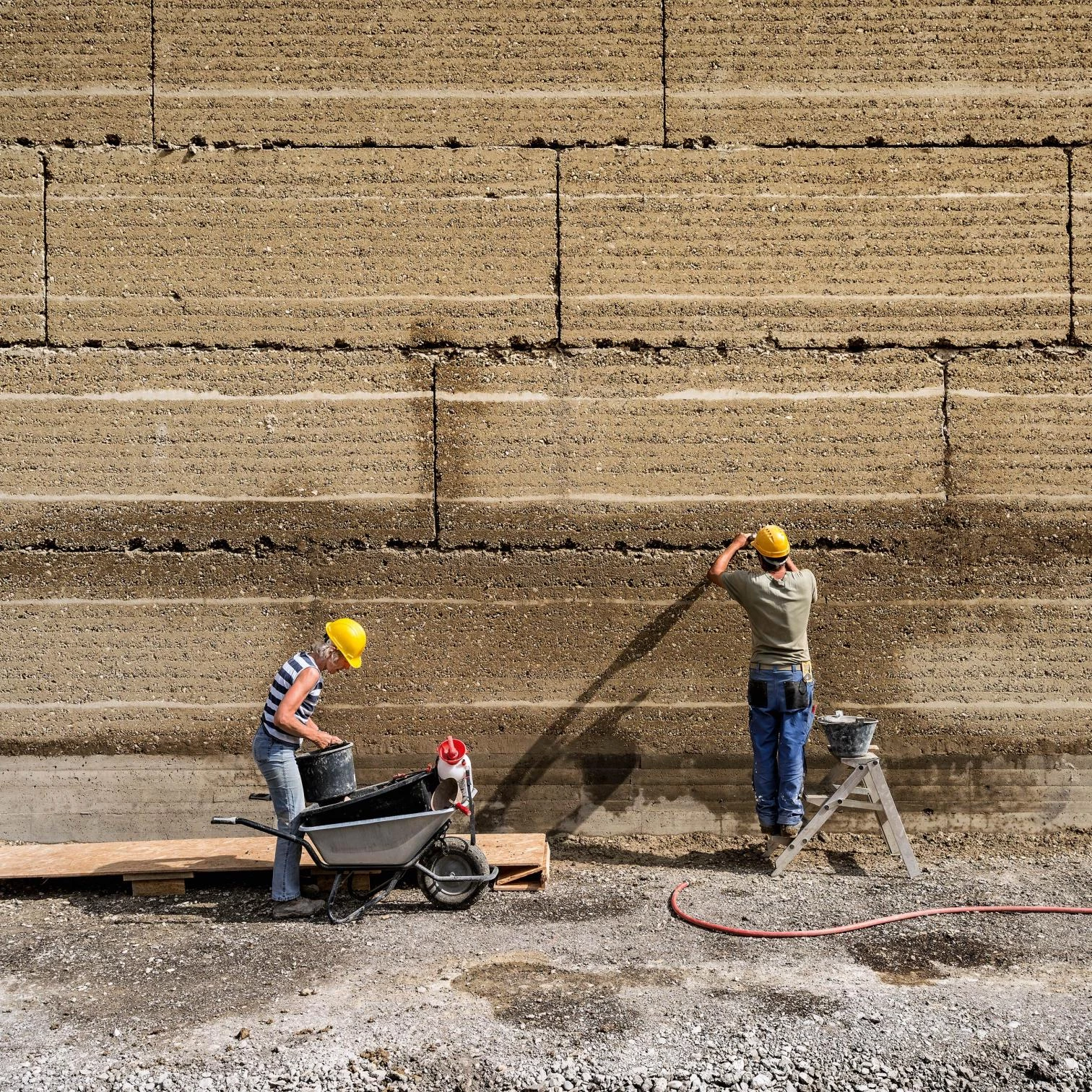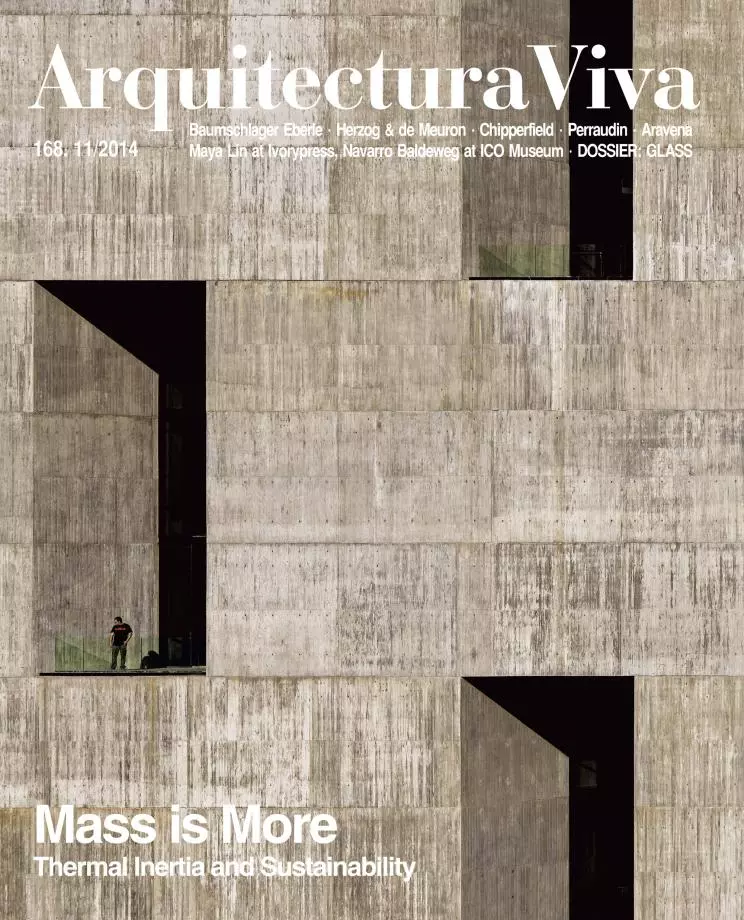
Modernity surrendered to the charm of lightness. Steel and glass allowed achieving extremely slender and thin building elements, replacing heavy load-bearing walls with frames that made both facade and structure lighter. This material transition from weight to lightness was also a symbolic transition from the solid to the transparent, and from closure to openness, replacing the defensive nature of the building in a hostile environment with a generous permeability to nature or the city. For its part, the shift from wet to dry construction brought architecture closer to industry, improving the control of the processes and the precision of the elements: a dream of perfection that modern pioneers found in the factory, where the detailed design of components sought maximum performance with minimum material, proposing lightness as a technical and economic goal.
From the crystalline utopias of the European avant-gardes to the dainty lightness of American post-war houses, and from the Anglo-Saxon high-tech to the evanescent Japanese structures of late, lightness has sequestered the imagination of architects, and Buckminster Fuller’s question – How much does your building weigh, Mr. Foster? – is a brief manifesto of light construction. But this ethereal architecture demands mild climates or cheap energy, and its diffusion in the demanding latitudes of the industrialized West has only been possible thanks to the increasing availability of fossil fuels in the second half of the 20th century. Architectural lightness – like urban sprawl or global travel – is dependent on oil, and climate control in buildings weighs on our energy bills in a way that is hardly compatible with the current demands of sustainability.
In this context, the return of massive construction is not so much a gesture of nostalgia towards the heavy and permanent architectures of the past as an intelligent projection on a future where buildings are no longer avid energy guzzlers. Passive climate control, where thermal inertia has an essential role, is of course ageless, but no less contemporary and timely. The negative connotations of passiveness and inertia – which we inevitably relate to intellectual laziness, social immobilism or technical stagnation, as opposed to a proactive and innovative approach – could perhaps be symbolically transformed to appreciate the virtues of persistence, continuity and solidity. Carried away by the storms of a world in flux, we need to use the planet’s resources more sensibly, but also to build in it material and emotional shelters: for both purposes, mass is more.





